Mental Measurements Yearbook and Tests in Print
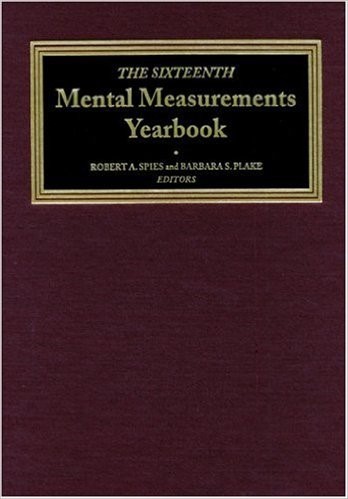 Produced by the Buros Center for Testing, an independent non-profit organization within the University of Nebraska, the Mental Measurements Yearbook (MMY) provides users with a comprehensive guide to testing instruments. The current edition, the 19th, contains a bibliography of 183 available tests and 350 critical test reviews. The MMY contains information essential for a complete evaluation of test products within such diverse areas as psychology, education, business, and leadership. All MMY entries contain descriptive information (e.g., test purpose, publisher, pricing), references and critical review(s) written by leading content area experts. The MMY does not contain the full-text of the tests but reviews of the tests only.
Produced by the Buros Center for Testing, an independent non-profit organization within the University of Nebraska, the Mental Measurements Yearbook (MMY) provides users with a comprehensive guide to testing instruments. The current edition, the 19th, contains a bibliography of 183 available tests and 350 critical test reviews. The MMY contains information essential for a complete evaluation of test products within such diverse areas as psychology, education, business, and leadership. All MMY entries contain descriptive information (e.g., test purpose, publisher, pricing), references and critical review(s) written by leading content area experts. The MMY does not contain the full-text of the tests but reviews of the tests only.
 Also produced by the Buros Center, Tests in Print (TIP) serves as a comprehensive bibliography to all known commercially available tests and serves as an index to all editions of the MMY. TIP provides vital information to users including test purpose, test publisher, in-print status, price, test acronym, intended test population, administration times, publication date(s), and test author(s). TIP is a comprehensive volume describing every test that is currently available for purchase. Not all tests and measures are reviewed in MMY and there are somewhat firm requirements that tests must meet to be featured in MMY. Therefore, TIP is necessary to identify and locate tests which are available and in print, but not widely popular or used enough to be featured in MMY.
Also produced by the Buros Center, Tests in Print (TIP) serves as a comprehensive bibliography to all known commercially available tests and serves as an index to all editions of the MMY. TIP provides vital information to users including test purpose, test publisher, in-print status, price, test acronym, intended test population, administration times, publication date(s), and test author(s). TIP is a comprehensive volume describing every test that is currently available for purchase. Not all tests and measures are reviewed in MMY and there are somewhat firm requirements that tests must meet to be featured in MMY. Therefore, TIP is necessary to identify and locate tests which are available and in print, but not widely popular or used enough to be featured in MMY.
Why use MMY/TIP? Maybe you are beginning to think about your Masters thesis or dissertation and you want to know what tests are available. Maybe you need information on a particular test to fulfill the requirements of an assignment. Maybe you read a scholarly article that used a particular test and you want more information about it.

To access MMY and TIP, go to the library portal page, research.udmercy.edu. Click on the third tab, Article, Journals + Databases. Under Find databases by title, select the letter M. Scroll down until you see Mental Measurements Yearbook with Tests in Print (Ebsco) (about 2/3 of the way down the page). You may also access MMY/TIP through the Tests and Measures tab of the Psychology LibGuide. Once you have accessed the database, and begin your searches, note that you will be searching both MMY and TIP at the same time. You do not need to select one or the other.
 When you know the exact name of the test you are looking for, type in the name in the search box and select the field TI Test Name. Click on search. Here’s a tip: if you click on HTML Full Text, all you will get is a review (or reviews) of the test. If you click on the title of the test, you will get the review(s), and the test entry data that TIP provides (e.g., authorship, test category, pricing information, etc.) If you are not sure of the exact name of the test, but you know part of the name, type in what you know and select the TI Test Name field.
When you know the exact name of the test you are looking for, type in the name in the search box and select the field TI Test Name. Click on search. Here’s a tip: if you click on HTML Full Text, all you will get is a review (or reviews) of the test. If you click on the title of the test, you will get the review(s), and the test entry data that TIP provides (e.g., authorship, test category, pricing information, etc.) If you are not sure of the exact name of the test, but you know part of the name, type in what you know and select the TI Test Name field.
 Maybe you want to see what tests are available for a specific disorder. For example, depression. Type that into the search box and select the PU Purpose field.
Maybe you want to see what tests are available for a specific disorder. For example, depression. Type that into the search box and select the PU Purpose field.
Achievement
Adjustment/adaptive functioning
Alcohol and substance abuse
Behavior assessment
Blind
Business education and relationships
Criminal justice and forensic
Developmental
Driving and safety
Education
English and language
Family and relationships
Fine arts
Foreign languages
General miscellaneous
Handwriting
Health and physical education
Intelligence and general aptitude
Learning disabilities
Mathematics
Neuropsychological
Personality
Philosophy and religion
Psychology
Reading
Record and report forms
Science
Sensory-motor
Social studies
Socio-economic status
Speech and hearing
Test programs
Vocations

So for example, if you want to see what tests are categorized under personality, type in personality and select SU Test Category as the search field.
There may be a number of reasons why you can’t find a particular test in MMY/TIP. To be included in the MMY, a test must be commercially available, be published in the English language, and be new or revised since it last appeared in the series. An older test, no longer in publication, may no longer be indexed in TIP.
Whether you are working on your Master’s or dissertation, fulfilling an assignment or just want to learn more about a particular test, MMY/TIP is the perfect resource.
As always, if you have any questions, contact a librarian.
 Stuff happens, and then accumulates. Of course it’s important stuff that you’ll want to use again, else you wouldn’t keep it, right? As long as it’s just a little stuff you can let it lie around randomly and just remember where everything is. Of course, your mother or significant other or even a helpful friend may foul everything up by putting your stuff where it belongs, but otherwise the system works well enough.
Stuff happens, and then accumulates. Of course it’s important stuff that you’ll want to use again, else you wouldn’t keep it, right? As long as it’s just a little stuff you can let it lie around randomly and just remember where everything is. Of course, your mother or significant other or even a helpful friend may foul everything up by putting your stuff where it belongs, but otherwise the system works well enough.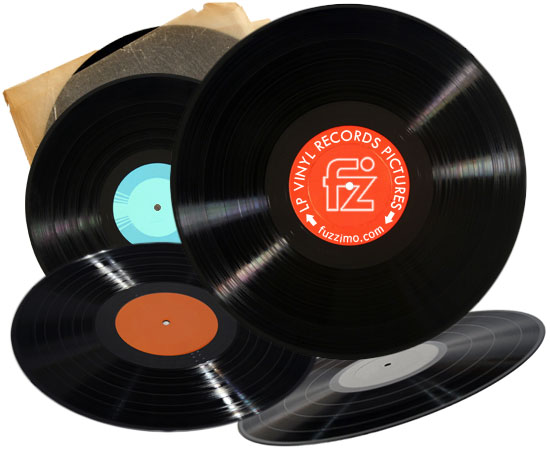 There are many ways of classifying stuff. Say you have a music collection that’s getting out of hand. You may want to arrange it by artist, and keep Dusty Springfield next to Bruce Springsteen. Or you may want to arrange it by type of music, putting jazz in one corner of the room, country in another, garage bands in the garage, and classical music up in the attic. Either system is fine, as long as it serves the purpose of enabling you to find stuff effectively.
There are many ways of classifying stuff. Say you have a music collection that’s getting out of hand. You may want to arrange it by artist, and keep Dusty Springfield next to Bruce Springsteen. Or you may want to arrange it by type of music, putting jazz in one corner of the room, country in another, garage bands in the garage, and classical music up in the attic. Either system is fine, as long as it serves the purpose of enabling you to find stuff effectively. In my continued efforts to locate individuals and groups doing good work for Detroit and surrounding environs, I came upon these. Please spread the word about them; and even consider joining one of them if you are so inclined.
In my continued efforts to locate individuals and groups doing good work for Detroit and surrounding environs, I came upon these. Please spread the word about them; and even consider joining one of them if you are so inclined.
 The “About” section of this group’s page states ” DWEJ is a Detroit-based non-profit organization dedicated to improving the environmental and economic health of our community. Here are links to DWEJ’s Facebook and main pages:
The “About” section of this group’s page states ” DWEJ is a Detroit-based non-profit organization dedicated to improving the environmental and economic health of our community. Here are links to DWEJ’s Facebook and main pages: Another organization that is currently highlighting the Flint water crisis; but also keeps up-to-date on underwater oil pipelines in Michigan; the water rates in Detroit; and GMO labeling (among other things).
Another organization that is currently highlighting the Flint water crisis; but also keeps up-to-date on underwater oil pipelines in Michigan; the water rates in Detroit; and GMO labeling (among other things).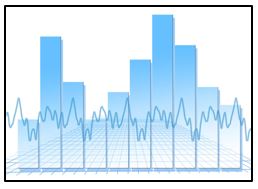 Maybe you are looking for the number of live births in the United States in the year 2000. Or maybe it’s the percentage of children in Michigan who received the chicken pox vaccine in 2014. Or maybe it’s the crime rate in Detroit. You may have a need to know airline on-time performance or maybe you need the box scores from the 2005 Major League Baseball All Star Game (bonus points if you know where it was played.) The library portal page has all sorts of statistical resources to find any stat you may need. Here is a selection of sites you may find useful.
Maybe you are looking for the number of live births in the United States in the year 2000. Or maybe it’s the percentage of children in Michigan who received the chicken pox vaccine in 2014. Or maybe it’s the crime rate in Detroit. You may have a need to know airline on-time performance or maybe you need the box scores from the 2005 Major League Baseball All Star Game (bonus points if you know where it was played.) The library portal page has all sorts of statistical resources to find any stat you may need. Here is a selection of sites you may find useful.

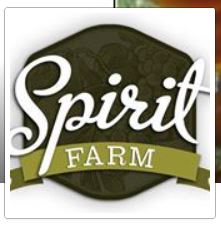
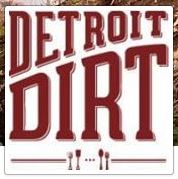 Detroit Dirt
Detroit Dirt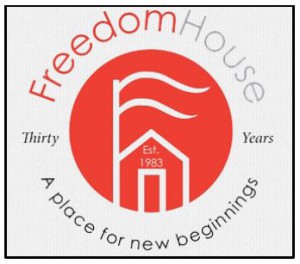 Freedom House Detroit
Freedom House Detroit The first stop for information and context on Islam has to be
The first stop for information and context on Islam has to be  To facilitate your research on the Qu’ran, the database provides side by side translations and a concordance.
To facilitate your research on the Qu’ran, the database provides side by side translations and a concordance. The database has a handy converter tool that converts any western date to the corresponding date on the Islamic calendar.
The database has a handy converter tool that converts any western date to the corresponding date on the Islamic calendar. The advanced search feature allows you to limit your search to such facets as branch of Islam, country, region or historical era.
The advanced search feature allows you to limit your search to such facets as branch of Islam, country, region or historical era.
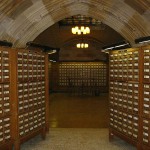 I’ve got some bad news. If you have trouble using the UDM Library Catalog, it’s probably your fault. It might be typos in a search, or misuse of a search key, or even trying to use the catalog for purposes it’s not designed for.
I’ve got some bad news. If you have trouble using the UDM Library Catalog, it’s probably your fault. It might be typos in a search, or misuse of a search key, or even trying to use the catalog for purposes it’s not designed for.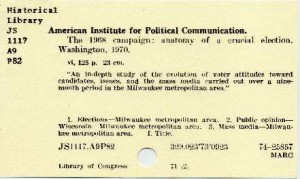
 Though searching of both books and journal articles is not yet possible in the UDM Library Catalog, “one-stop” shopping may be coming in the future. DALNET (Detroit Area Library Network), a consortium which supports the UDM Library Catalog, is investigating a new generation of catalogs featuring “Discovery Systems”, which will allow simultaneous searching of the catalog and journal databases. This will be a welcome advance once it materializes. Even though the catalog comes under the provenance of what libraries call “Technical Services”, its first priority must always remain public service.
Though searching of both books and journal articles is not yet possible in the UDM Library Catalog, “one-stop” shopping may be coming in the future. DALNET (Detroit Area Library Network), a consortium which supports the UDM Library Catalog, is investigating a new generation of catalogs featuring “Discovery Systems”, which will allow simultaneous searching of the catalog and journal databases. This will be a welcome advance once it materializes. Even though the catalog comes under the provenance of what libraries call “Technical Services”, its first priority must always remain public service.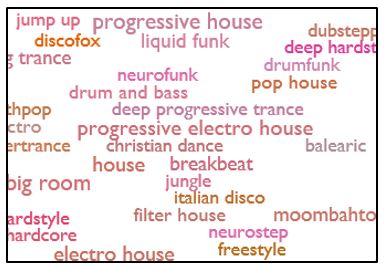 Here’s an interesting resource via the Every Noise at Once Project:
Here’s an interesting resource via the Every Noise at Once Project: 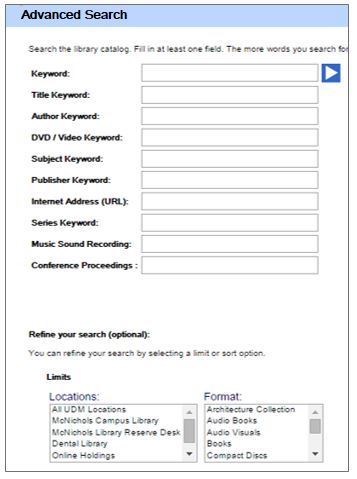
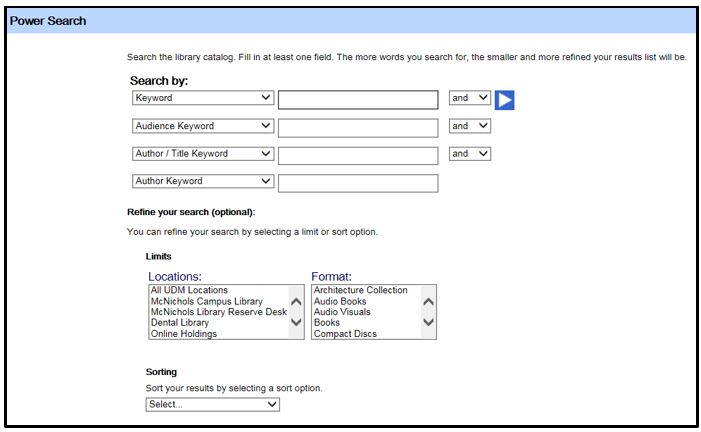 The Power Search, as seen here, expands on these capabilities by adding the element of logic. If your screen name is Mr. Spock you will understand this better than I do, but here we go anyway.
The Power Search, as seen here, expands on these capabilities by adding the element of logic. If your screen name is Mr. Spock you will understand this better than I do, but here we go anyway. Normally, the Research Blog describes library resources that might be useful to students and faculty. However, today we are departing from that mission. Due to extraordinarily tragic circumstances, this blog posting is dedicated to Betty Nelson’s son Derick.
Normally, the Research Blog describes library resources that might be useful to students and faculty. However, today we are departing from that mission. Due to extraordinarily tragic circumstances, this blog posting is dedicated to Betty Nelson’s son Derick. Derick earned his Bachelors in Computer and Information Systems and Masters in Information Assurance from UDM. He worked in the library during the years he was attending school here and was well known and well liked by many among the UDM community. Derick was a brilliant, creative and giving individual. He was the kind of person who would do anything for you. That may sound cliche, but in his case it was the truth.
Derick earned his Bachelors in Computer and Information Systems and Masters in Information Assurance from UDM. He worked in the library during the years he was attending school here and was well known and well liked by many among the UDM community. Derick was a brilliant, creative and giving individual. He was the kind of person who would do anything for you. That may sound cliche, but in his case it was the truth. Knowing Derick’s penchant for computers and technology, Pastor Coleman said, “Derick downloaded something in all of us.” He certainly did and no bullet can change that.
Knowing Derick’s penchant for computers and technology, Pastor Coleman said, “Derick downloaded something in all of us.” He certainly did and no bullet can change that.